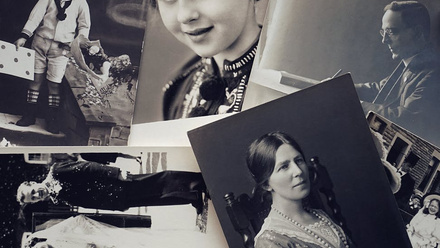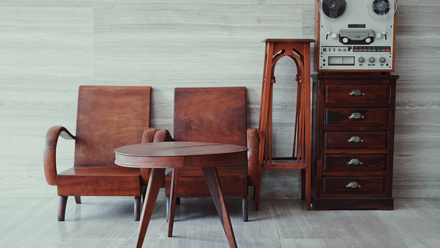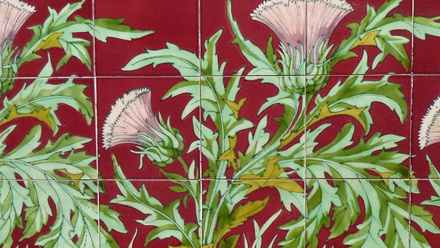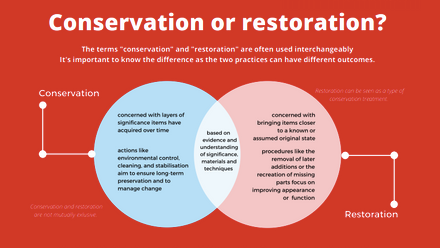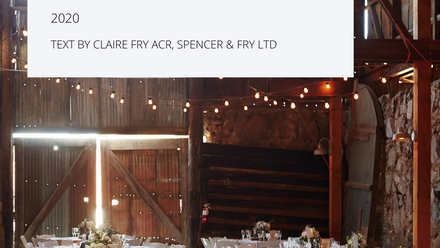How to care for your photographs
We all have treasured photos of our families, friends, pets, and the places we love. Some of us are even lucky enough to have inherited photos from previous generations! Yet regardless of the content, looking at back at old photos is a wonderful way to expand our imaginations, transport us back to a ‘happy place’, and fondly remember those no longer with us.
Capturing a precious, fleeting moment in a physical photograph is not only a lost art, but sadly one especially prone to deterioration. Tearing, cracking, and fading are extremely common, and without proper conservation treatment, the damage only worsens to the point where you might lose the subject completely. Causes of deterioration include high temperatures which speed up chemical deterioration like fading and tarnishing, exposure to light, damp conditions, and poor-quality storage and framing materials which can emit pollutants or attract insects.
Photographs frequently consist of multiple layers, each layer containing different substances which behave in a variety of ways. This complex structure can make certain types of deterioration untreatable: what might be beneficial to one layer may be harmful to another. Consequently, the first line of defence for the owner is to prevent problems from occurring in the first place.
Here are a few things you can do to care for your photograph collection:
Storage
- Store your photos in a cool, dry and dark environment, such as an internal cupboard in a bedroom. Avoid attics, basements, and cupboards next to water sources or external walls - these are susceptible to fluctuations in temperature and humidity
- Keep exposure to light to a minimum, and avoid direct or intense light
- Don't store your photos on the floor - they will be more likely to be damaged by water or insects
Organising
- Don't use paper clips or rubber bands to organise photographs. Paper clips can scratch the surface or rust and stain the paper, and rubber bands contain high amounts of sulphur which in time can react with the photo
- Don't use glue or tape to mend photos; overtime the adhesive will fail and leave stains
- Don't overcrowd boxes of photographs, and try to package loose materials in files and folders first
Handling
- Wash and dry your hands before handling photos, as natural oils can damage the photos
- Handle photographs by the edges and avoid touching the surface with your fingers, as natural oils can create damage
- Don't have food or drink near the photos, as these can either spill or attract mould and insects
Displaying
- Try to use low, artificial lighting rather than direct sunlight - colour photographs are particularly vulnerable to deterioration by overexposure to light
- Don't hang photos over heat sources like radiators and fireplaces
- Don’t use spray cleaners around the photographs - many are corrosive and can cause damage
- Consider displaying copies while keeping the originals safely stored
Unfortunately, if your photos have already deteriorated and are in bad condition, the damage will worsen without proper conservation treatment. A conservator knows best what cleaning and repair methods can safely be used, and they can achieve spectacular results by professionally cleaning photographs, as well as repairing tears, removing tapes and mould, and reducing stains. You can find an Icon-accredited conservator on the Conservation Register.
Icon is also running a raffle to give you the chance to have a photograph conserved or restored! We will match the winning entrant with a conservator working in their local area, and arrange a consultation for you to share and discuss your chosen image. Find out more here.

